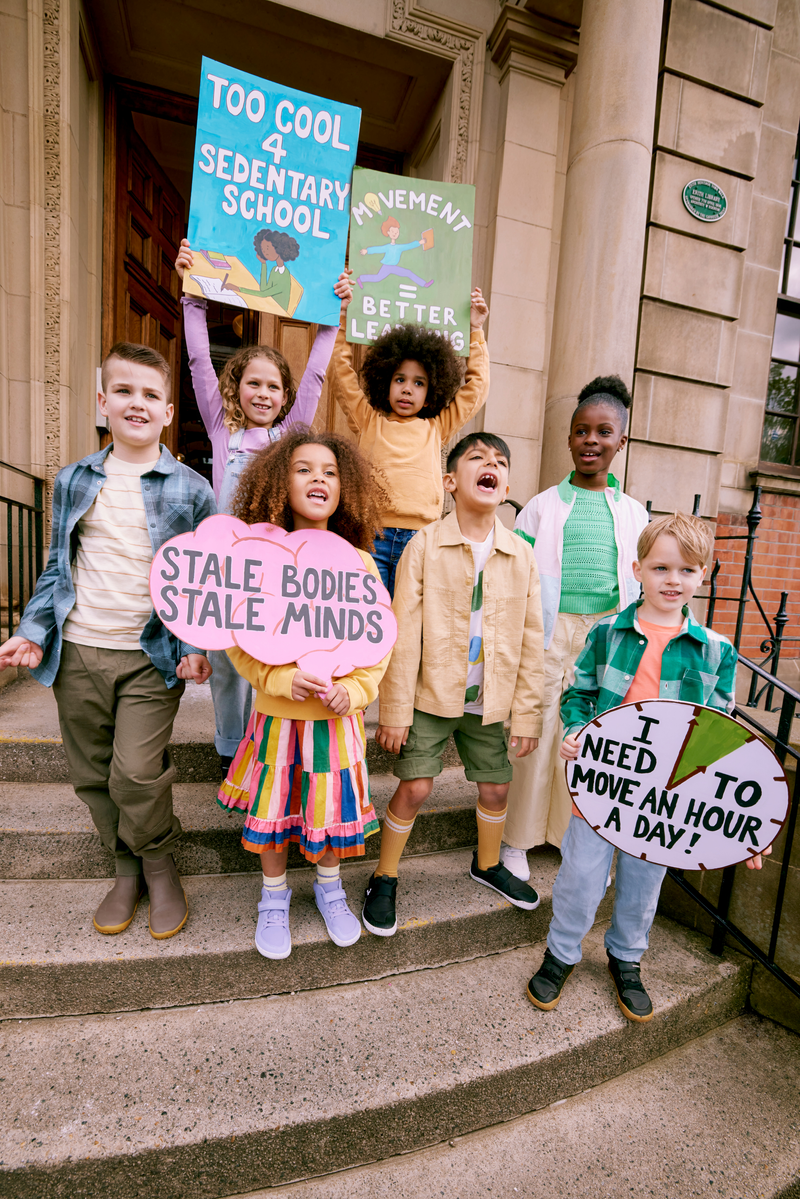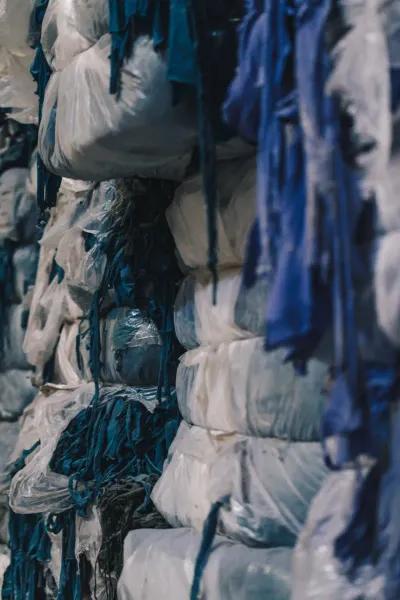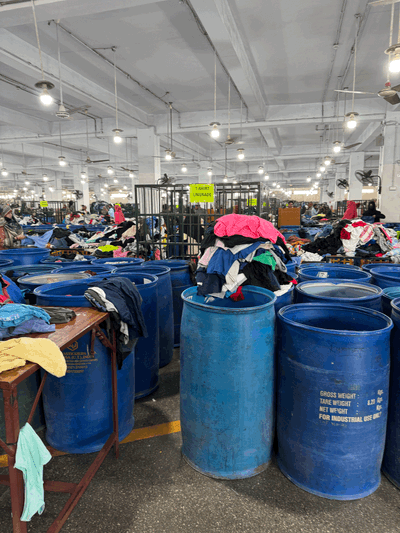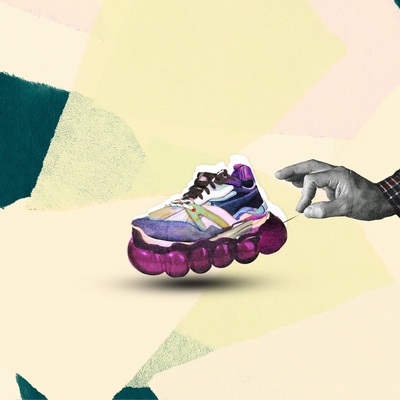As the new school year begins, parents everywhere are busy shopping for school supplies, uniforms, and, of course, the perfect pair of shoes. But what if the best option for your child’s feet was no shoes at all? Rina Harris, a renowned Functional Podiatrist, argues that going barefoot, or opting for barefoot-style shoes, could be the key to healthier and happier children.
"Traditional school shoes often constrict and impede natural foot movement," says Harris. "Barefoot shoes, on the other hand, allow space for little feet to move and develop naturally, just as nature intended." This simple shift in footwear can lead to a host of benefits, from improved motor skills to better academic performance.
One of the most compelling arguments for barefoot shoes is their role in enhancing sensory stimulation. "Sensory feedback is crucial for kids," Harris explains. "It's how they learn about their environment and build their motor skills, balance, and coordination." Traditional shoes, with their stiff and narrow designs, limit this essential sensory input, potentially hindering development.

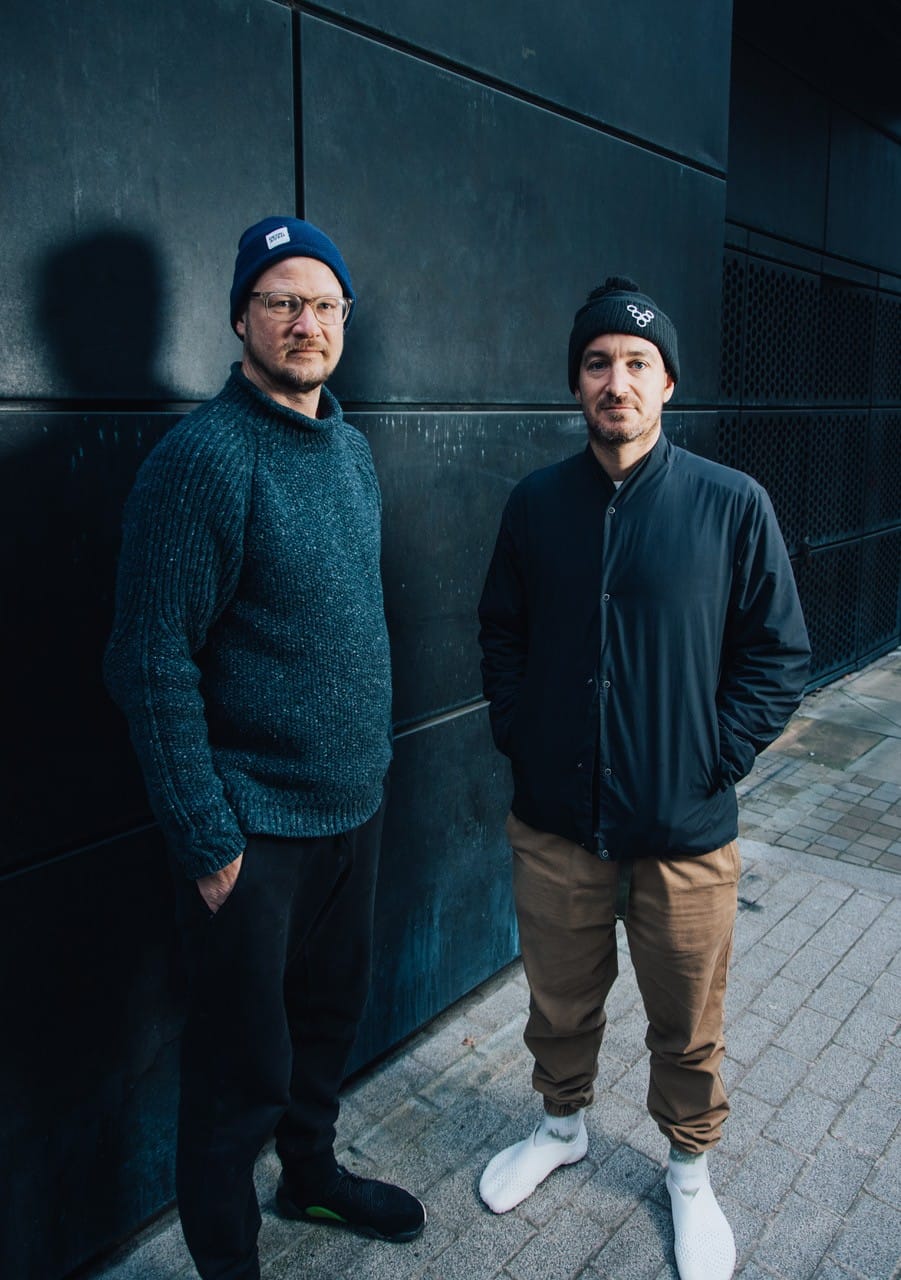
Left: Rina Harris - Functional Podiatrist. Right: Galahad and Asher Clark - Vivobarefoot co founders.
Vivobarefoot, a pioneer in barefoot shoe design, aligns with Harris's philosophy. The company’s mission is to reconnect people with the natural world and human potential through simple barefoot design principles: wide, thin, and flexible for optimum foot health and natural movement. Their VivoKids range aims to support children’s foot development, even in school settings.
Choosing barefoot shoes for school can help children grow strong and healthy feet while also benefiting the planet. Vivobarefoot’s commitment to sustainability includes their ReVivo program, which reconditions footwear to keep it out of landfills, and the Livebarefoot Fund, which supports innovation and research in natural health.
There are many misconceptions about traditional school shoes and their impact on foot health. "Many people believe that kids need supportive, cushioned, and sturdy shoes," Harris notes. "But children’s feet are naturally designed for optimal balance and gait. They grow and develop until the teenage years, and it’s vital to protect their natural foot shape and function to build resilient feet, good biomechanics, and a strong skeleton."
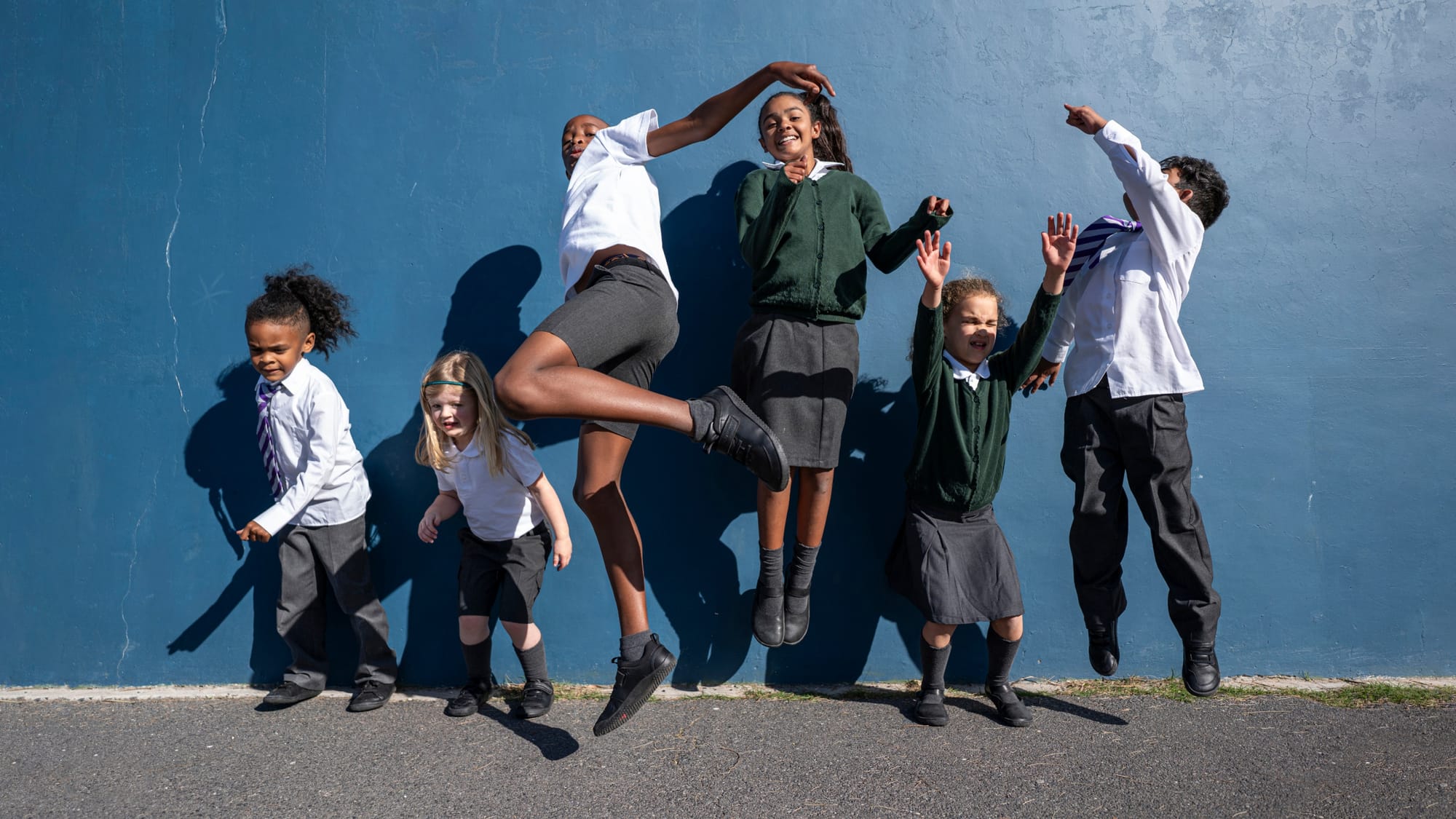
The long-term consequences of wearing stiff, narrow, and rigid shoes can be severe. "When kids' feet are braced and supported by these types of shoes, their bones and joints don't move naturally," Harris warns. "This can lead to weakness in the muscles, tendons, and ligaments around those joints, causing instability, foot dysfunction, flat feet, and even deformities such as bunions or clawed toes."
Nerve endings in the feet play a crucial role in a child’s cognitive and motor skill development. "Encouraging kids to go barefoot and experience different surfaces and textures provides essential sensory feedback to the brain," Harris says. "This enhances their proprioceptive awareness, posture, and coordination. Kids thrive on sensory play, especially outdoors, where engaging all their senses supports overall development."
Studies support these observations. Research from German and South African universities shows that habitually barefoot children perform significantly better in activities like jumping and balancing compared to their shoe-wearing peers, especially between the ages of 6 and 10.
For parents looking to promote natural foot health, Harris offers practical advice. "Barefoot walking and playing at home and in nature is ideal," she suggests. "When shoes are necessary, opt for barefoot-style, foot-shaped shoes. It's also crucial to ensure the right size. Shoes that are too small can cramp the toes and cause dysfunction and pain. Avoid cushioned and rigid soles."
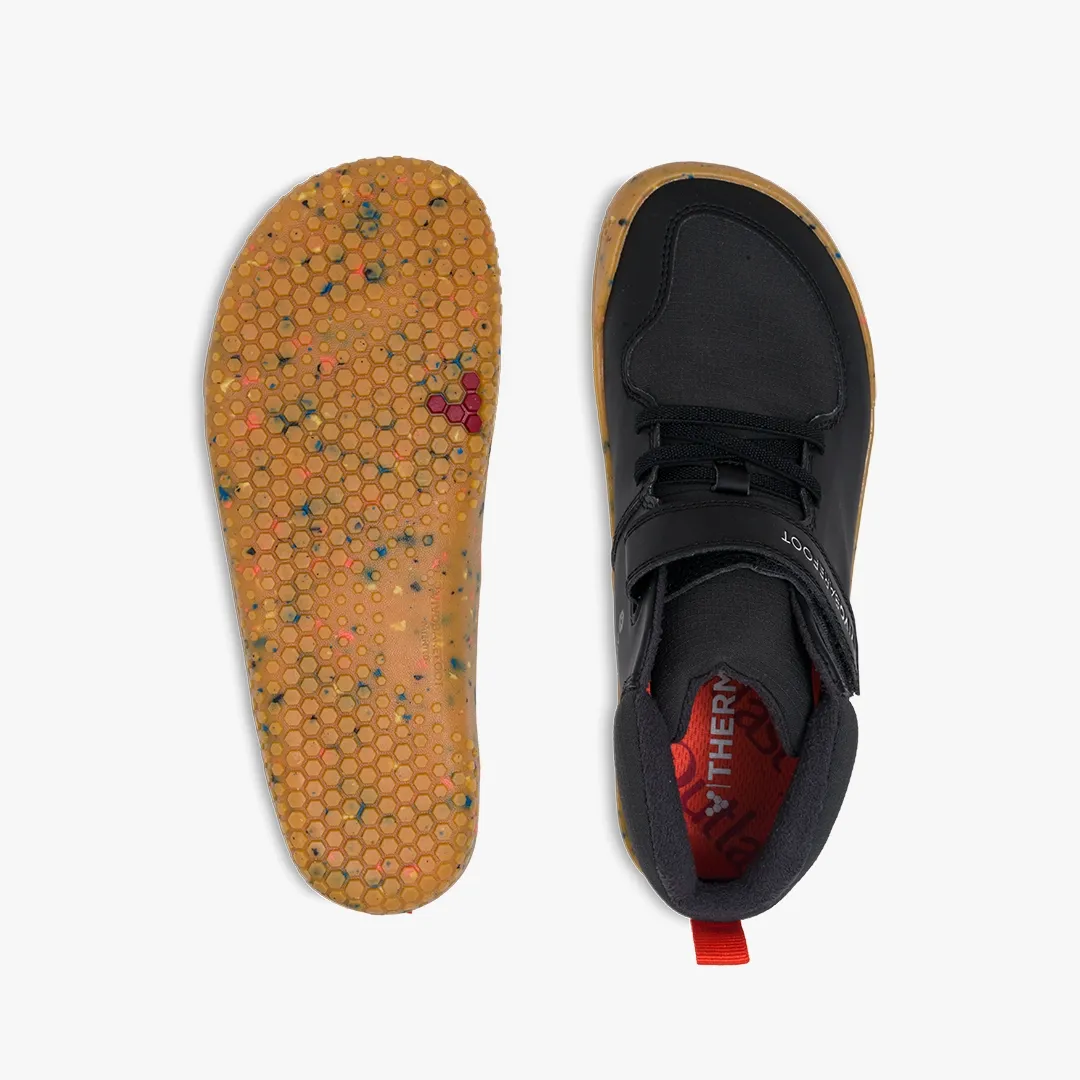
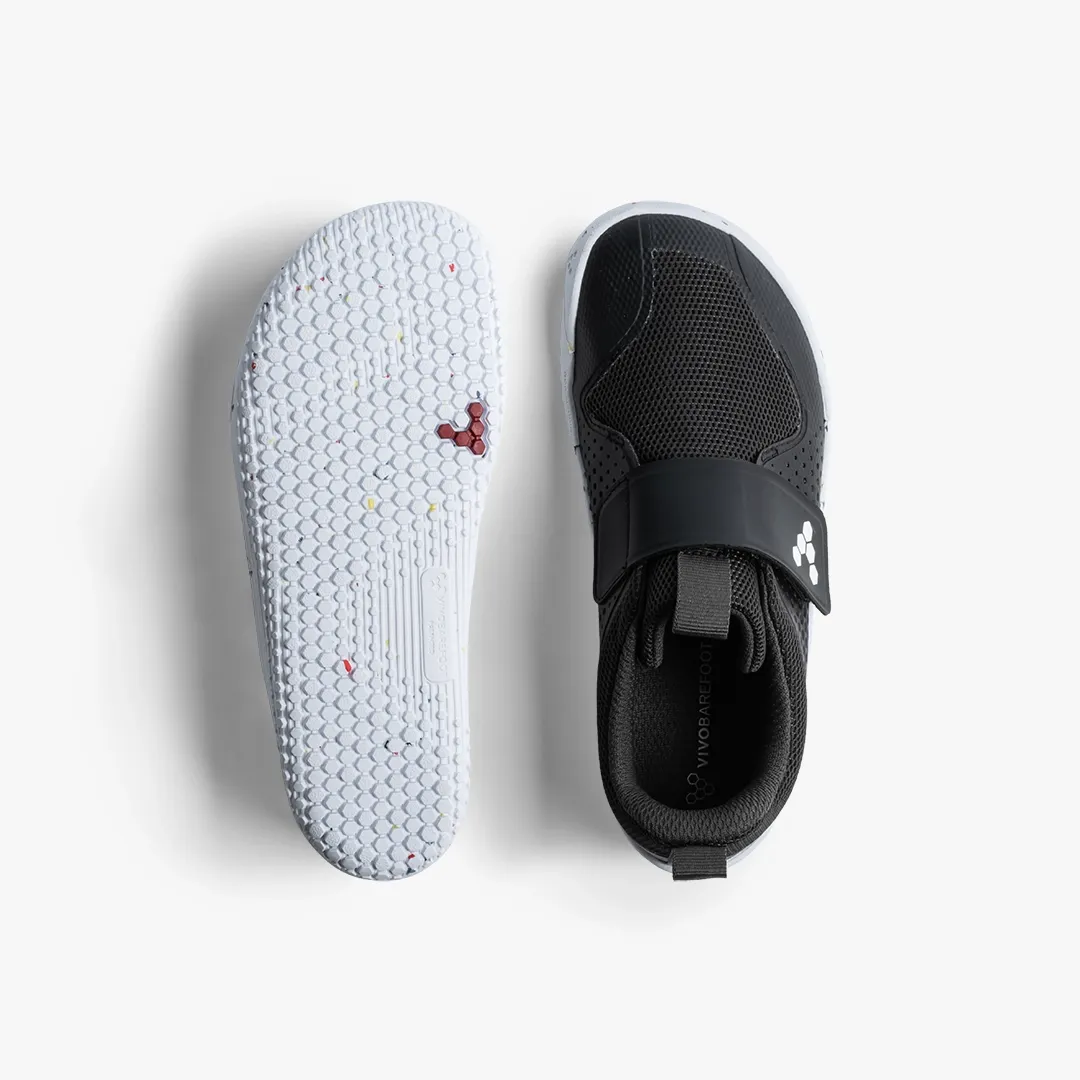
Harris's holistic approach to foot health focuses on how the foot functions during movement, aiming to restore natural foot and ankle function. "Traditional podiatry often focuses on pathology and disease," she explains. "I’m more interested in helping my patients improve their foot awareness, environment, and movement variability to support overall health."
In school settings, barefoot shoes can make a significant difference. "A school week is approximately 35 hours, so it's crucial that children's shoes don't hinder their movement and natural development," Harris says. "Barefoot shoes are shaped like a foot, light, and flexible, allowing foot joints to move naturally and activating foot muscles."
The benefits of going barefoot are backed by a decade-long study from the University of Bournemouth. The research found that children who went shoeless in the classroom showed improved concentration, behaviour, and academic performance. Schools in Scandinavia and Japan have long adopted this practice, and the results speak for themselves: children who learn without shoes tend to behave better and achieve higher grades.
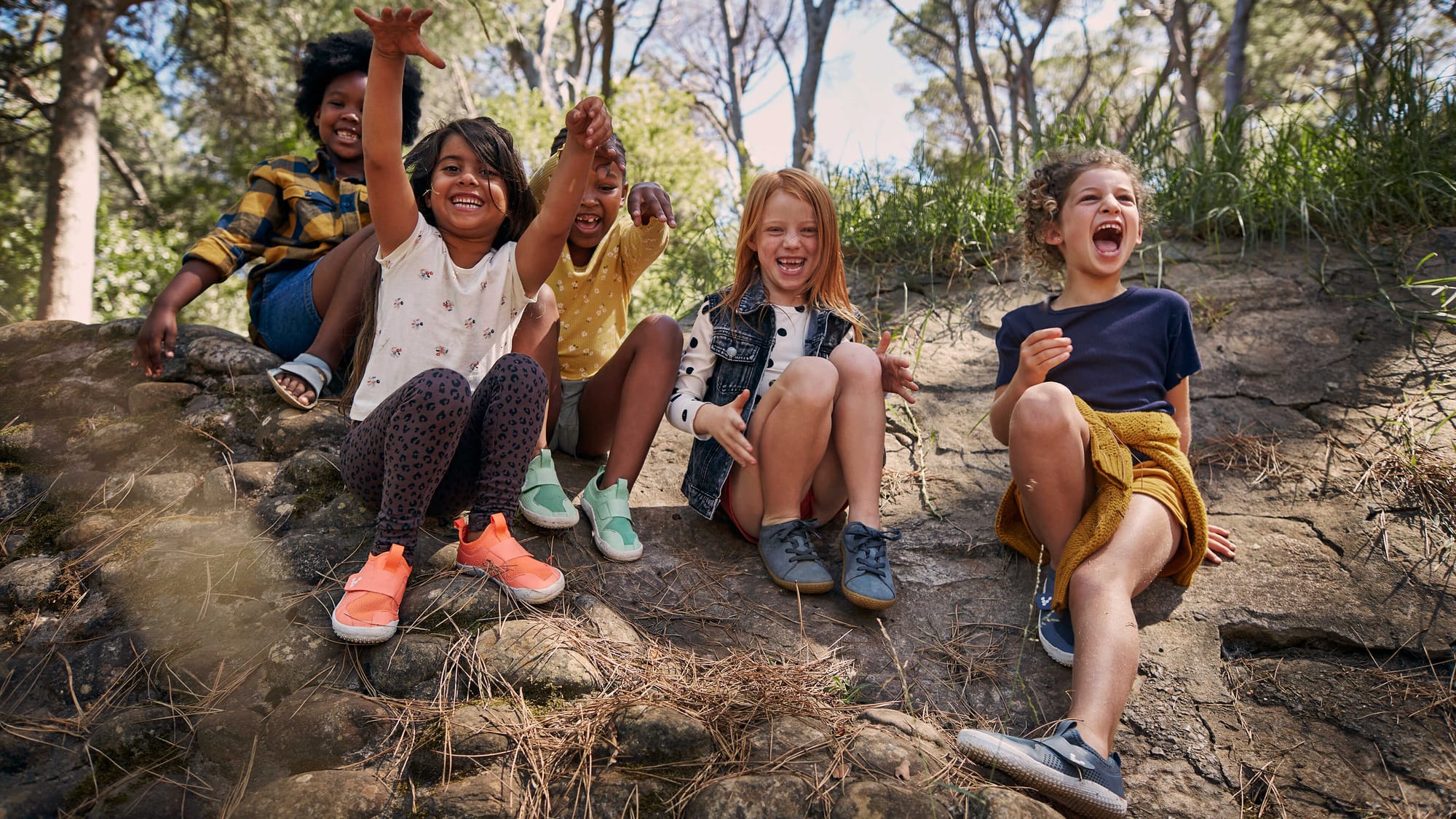
"Children feel more relaxed and at home without shoes," Harris explains. "This calm atmosphere translates into better engagement and performance in school." Additionally, the study found that shoeless environments led to quieter classrooms, more reading, and even reduced bullying.
Rina Harris is a passionate advocate for natural foot health, with over 20 years of experience in functional podiatry. "Strong and stable feet are the foundation of human movement," she asserts. "The human body functions as one interconnected system, and foot function greatly influences how we move and perform."
The evidence is clear: going barefoot, or choosing barefoot-style shoes, offers numerous benefits for children's physical and cognitive development. As Harris concludes, "By promoting natural foot function, we are not only supporting healthier feet but also nurturing the overall well-being of our children. It's a simple change with profound impacts." So this back-to-school season, consider leaving those traditional shoes on the shelf and letting your child’s feet experience the freedom and benefits of going barefoot.

